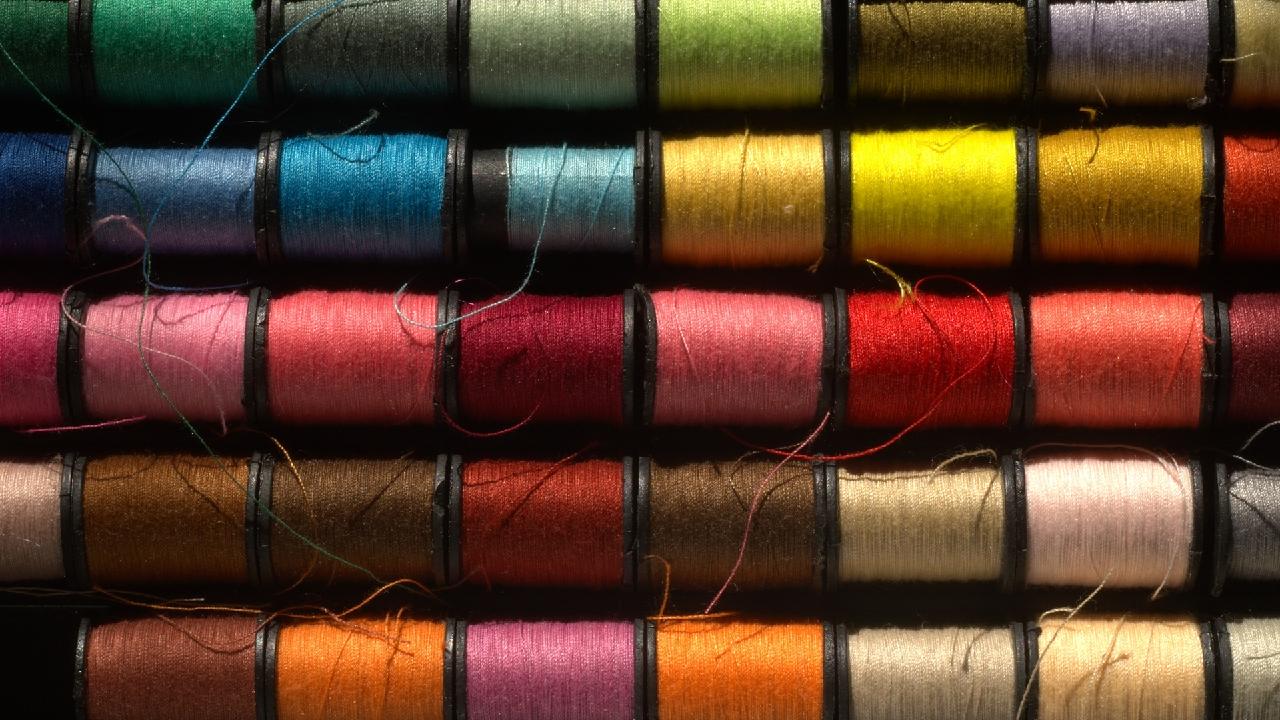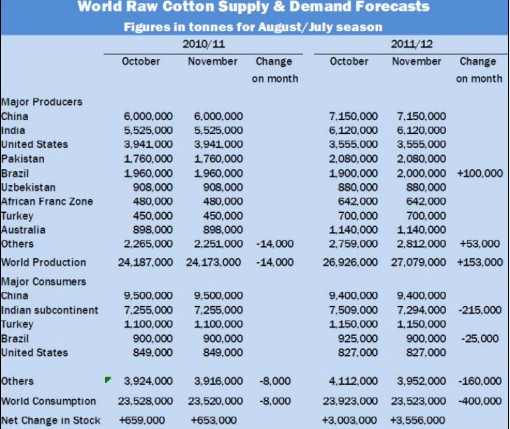|
Barring for a few segments, the Christmas season has failed to bring cheer to the Indian textile exporters, who will now have to pin hopes on the oncoming spring to keep their toplines sunny. While apparel exporters say demand was negative over the last year, owing to financial crisis in Europe and the US, the two mainstay markets, fabric and home-textile suppliers say the demand was good. The last shipment for Christmas season orders by Indian exporters is by the first week of November and data is still being collated. Rajendra Hinduja, mentor, Gokaldas Exports, a leading apparel exporter, said, ¡°This would be the first time the Indian textile industry would have witnessed such lesser orders during the Christmas season.¡± Close to 85% of Gokaldas output is meant for exports. He sees the demand 5% lower than the last season. The exporters to the European markets have been the worst hit. The dollar appreciation has also helped exporters with an exposure to US markets. ¡°The high dollar value has helped Indian players to be more price competitive,¡± said Sudhir Dhingra, chairman and managing director, Orient Craft, a leading export house. Despite concerns, Dhingra said, growth has still been positive. He said demand could have grown 15% over the last Christmas season, but may finish at 10% due to the euro zone woes. Arvind Singhal, founder, Technopak Advisors, a consultancy firm, said, ¡°The demand witnessed in the Christmas season is surely higher than what it was last year, but would still be marginal. It is surely not in the higher range of 6% or above,¡± he said. Himatsingka Siede, which exports almost all of its home textile production, is content with the Christmas demand. ¡°It is much better than the last year. I am comparing the order books between August and October, which is the normal period to order goods for Christmas. This is predominantly US driven as the EU markets are still slow,¡± said Pradeep Mukherjee, President gobal sales and marketing, Himatsingka Siede. He said margins would be slightly better as raw material price rises have stopped. ¡°This time last year costs were going up sharply,¡± he said. Also, growth figures were better for some companies, including Celebrity Fashion and Arvind Ltd, due to their exposure and clientele. Jayesh Shah, director and CFO, Arvind, said, ¡°Fabric export for the Christmas season which happens quite early has been good and has already reflected in the September quarter.¡± Charath Narsimhan, CEO of Celebrity Fashion, an apparel exporter, said clientele is the key. ¡°We have witnessed a good demand growth, mainly because our clients have mixed exposure, with a good amount of them being in Asia,¡± he said. On the way ahead, exporters say demand forecast for the next one year would be a difficult call, mostly on concerns in the West. In the long term, Dhingra said a free-trade agreement with Europe, if it materialises, could boost demand. ¡°It could lead to 30- 40% increase in demand in a year and a 100% increase can be expected in three years,¡± he said. A significant number of players including Gokaldas Exports are also focusing on domestic markets. A year back, the company exported close 90% of its production, which is now down to 85%. ¡°The target is to have 80% exports and rest domestic,¡± a company official said. Players trying to ramp up domestic presence have to deal with dampening demand due to inflation and a steady influx of supply from Bangladesh. |
|
Damp Christmas for textile exporters
Updated: 2011-12-2 Source: www.dnaindia.com

Recommended News
Photo Gallery
Most Popular



